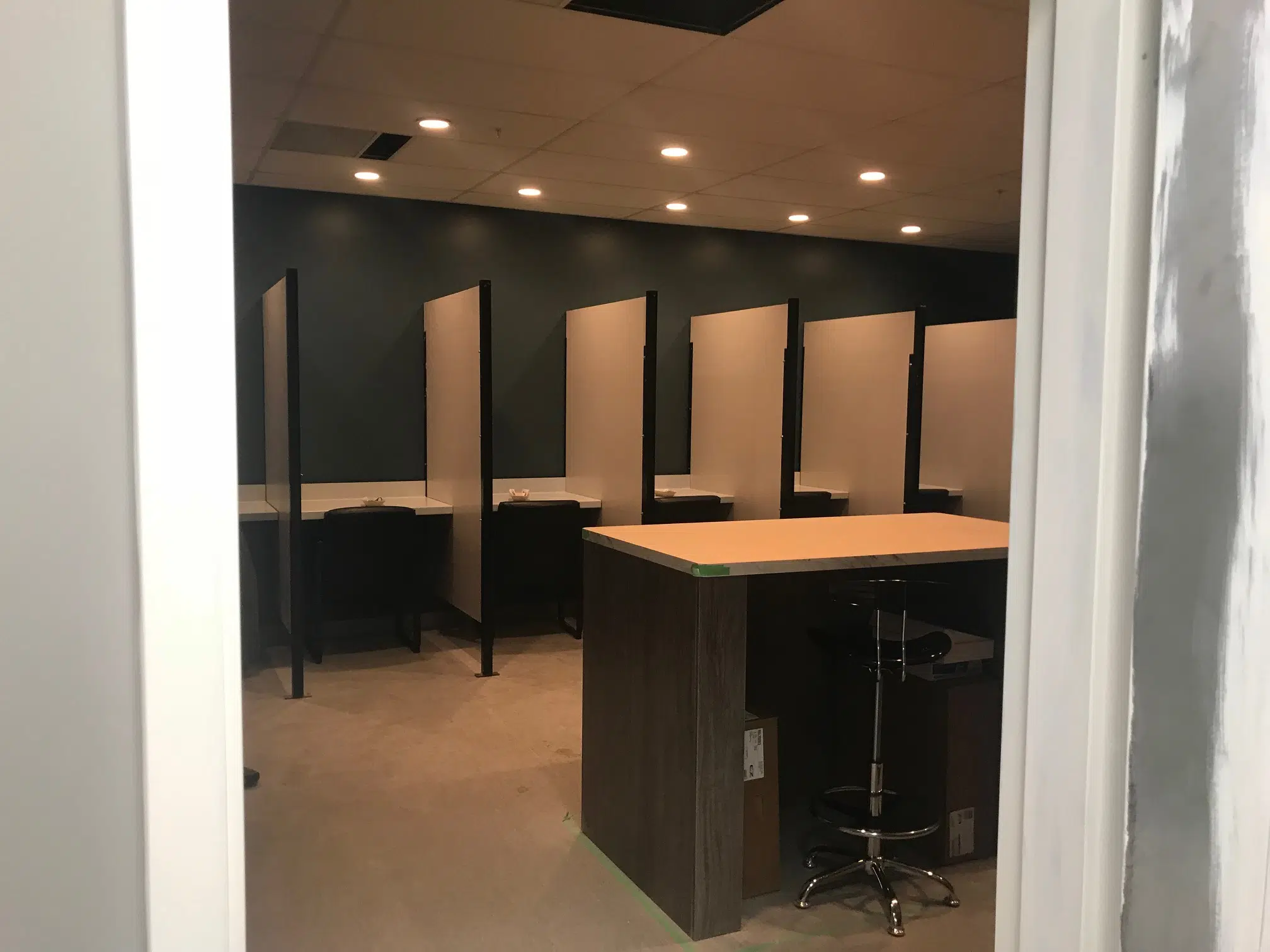
ARCHES releases supervised consumption site statistics at CIC meeting Monday
LETHBRIDGE – Visits to ARCHES since it opened February 28, now total nearly 65,000, outpacing both Calgary and Edmonton.
That number and many others were presented at Monday’s Community Issues Committee meeting at City Hall.
The purpose of the meeting was for members of the Executive Leaders Coalition on the Opioid Crisis to meet and present the effects of the drug crisis, the services they offer, and gaps in services in the community.
It is part of a three-phase approach the City is taking to try and address the drug crisis and public outcry that has been occurring since the beginning of the year.


